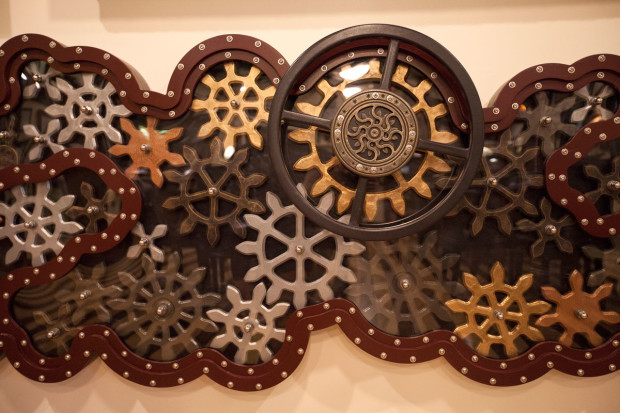

In the fabrication world, CNC (computer numerical control) machines have been around for more than 50 years, showing up over two decades before the advent of 3D printing in 1984. Over that time, the term “CNC” has been adopted as a shorthand reference to milling or routing, where a spinning end mill — a close cousin to the drill bit — chews through material to engrave, cut shapes out of flat stock, or carve intricate 3D designs from thick materials.
The transition of CNC mills and routers from heavy industrial machinery to affordable desktop tools has come at a slower pace and without the fanfare that 3D printing has experienced over the past few years. That’s started to change of late, however, and there is now a variety of easy-to-use, workbench-sized cutters on the market.
Make Anything
One of the many reasons CNC mills are so important to every makerspace, hackerspace, and fab lab is that they provide an easy way for individuals, students, and entrepreneurs to precisely produce complex physical parts for almost every project type imaginable. Woodworking, finished goods, furniture, musical instruments, signs, boats, jewelry, and more — with the power of CNC you can generate parts with accuracy and at a scale that is not possible otherwise. The CNC moniker means that the instructions that control the machine and toolpath are preprogrammed into code. It ensures that the 100th part produced is identical to the first.
The new crop of Maker-focused tools range from CNC micro mills used for cutting circuit boards to large routers that turn 4′×8′ sheets of lumber into furniture. All are controlled in the very same way; the only differences are in which toolchain is used to get to the finished part.
Computer Movement
Like 3D printers, which use CNC to control movement of an extruder head, the majority of CNC mills are 3-axis machines that move the toolhead in the X (left-right), Y (forward-back), and Z (up-down) directions via a belt or lead screw. Some function by moving just the spindle, others move the bed, and some move both the spindle and the bed, depending on the axis.
Material Choices
A CNC mill allows you to quickly and accurately work with harder materials that are not normally possible with other technologies. These can vary from hard and soft woods, laminates like plywood, plastics of any kind, and hard and soft metals. The only limitation to what you can cut is the scale and rigidity of the machine and the end mill being used.
The hardness of the material being cut and the size of the end mill makes correct setting of these instructions crucial. Too fast a setting can result in broken bits. Too slow and you risk burning your material. Set the pathway incorrectly and you could find yourself cutting right through the platform of your machine. (This is somewhat expected, though — it’s called a wasteboard for a reason.)
Progress Through Innovation
With the machines and software that have come out lately, desktop CNC has gotten a whole lot easier to use than the traditional industrial CNC mills. One of the most useful recent developments involves combining the CAD/CAM functionality into one program — using one piece of software to not only design your part, but also produce the G-code. Autodesk’s Fusion 360 has become a popular application for this, as well as MeshCam, MakerCam, VCarve Pro, and Aspire.
Going a step further, these programs are now being run in the cloud with nothing but a small USB utility connecting the machine to the web-based CAD/CAM solution. Inventables’ Easel is already available for this, while other companies are rumored to be pursuing it as well.
Another convenient new trend is to move the computer and machine control onboard, meaning the microcontroller and computer are inside the CNC machine; with these you can wirelessly log in and connect to the machine to perform all the functions from just about anywhere.
All these innovations are designed to make it easier for the beginner and expert. Your only decisions are the size you want to work at, and how much money you are comfortable investing. Let’s turn the page and figure out what’s right for you.
ADVERTISEMENT





